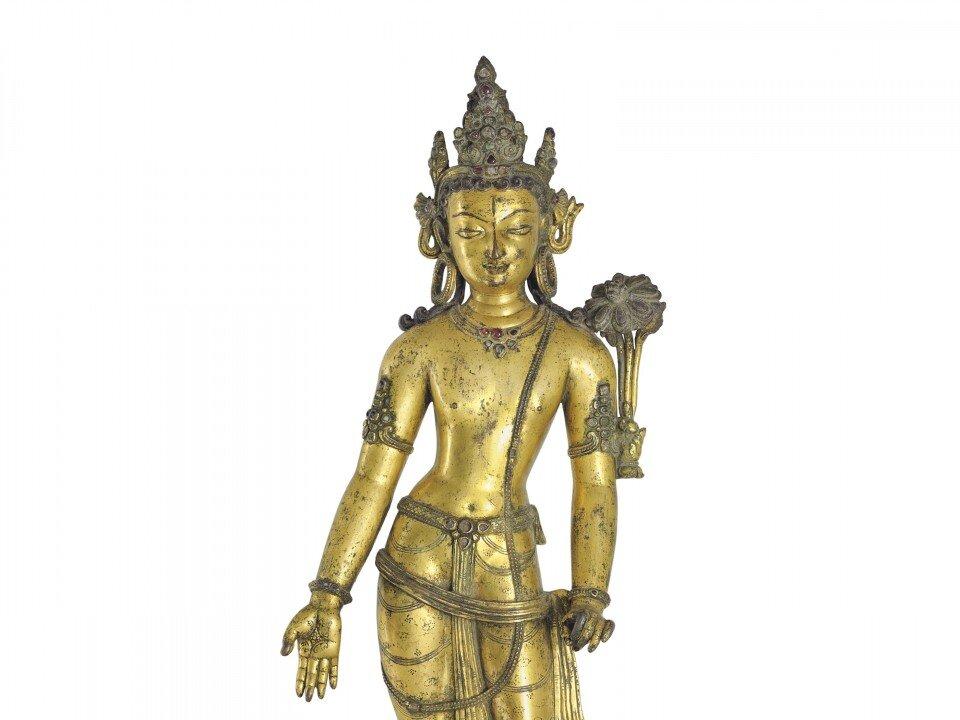NEW YORK—Asia Week auctions this March earned record-breaking prices. Auction houses reported a spike in interest and spending this year, with a total of $140 million in purchases made.
Combined with the $30 million spent with the 40 dealers and galleries participating in Asia Week, and the parallel organization of dealers in Asia Week New York, $170 million was spent on Asian art.
“This was the busiest New York Asia Week we’ve seen in many years,” James Lally of J.J. Lally & Co. said in an Asia Week New York press release. Lally sold 75 percent of the items in his catalog.
“This year’s Asia Week was tremendous and far exceeded those in recent memory,” said Joan Mirviss, who sold nearly 60 percent of Approaching the Horizon: Important Japanese Prints from the Collection of Brewster Hanson during Asia Week’s open house weekend.
The success of Christie’s Auction House surpassed all others.
[etssp 543]
Christie’s sold $69 million worth of Asian art and artifacts over four days during Asia Week showings this spring. Christie’s Fine Chinese Ceramics and Works of Art collection earned the lion’s share of $31,356,875.
Asian traders were Christie’s main customers at auction, buying large portions of the featured collections except for the Indian and Southeast Asian Art collection, which was largely sold to anonymous buyers.
Several items sold for well over the estimated price.
A 13th century gilt bronze figure of Padmapani, a form of the Bodhisattva Avalokitesvara, from Nepal fetched approximately $2.5 million though the estimated price was only $250,000 to $350,000. The figure was part of The Doris Wiener Collection.
“The sale of The Doris Wiener Collection marked a milestone for the field,” Hugo Weihe, Christie’s international director of Indian and Southeast Asian Art, said in a press release. “Realizing nearly $12.8 million, this is the highest total ever achieved for a single-owner collection of classical Indian and Southeast Asian Art at Christie’s,” he said.
Another Indian and Southeast Asian Art piece, a buff sandstone torso of Uma Khmer from the 10th century, more than doubled its price, selling for $1,142,500 after an estimate of $350,000 to $450,000.
Although some of Christie’s pieces in this category fared well, the overall trend was a premium on Chinese works and less interest in non-Chinese works, according to Blouin Art Info.








